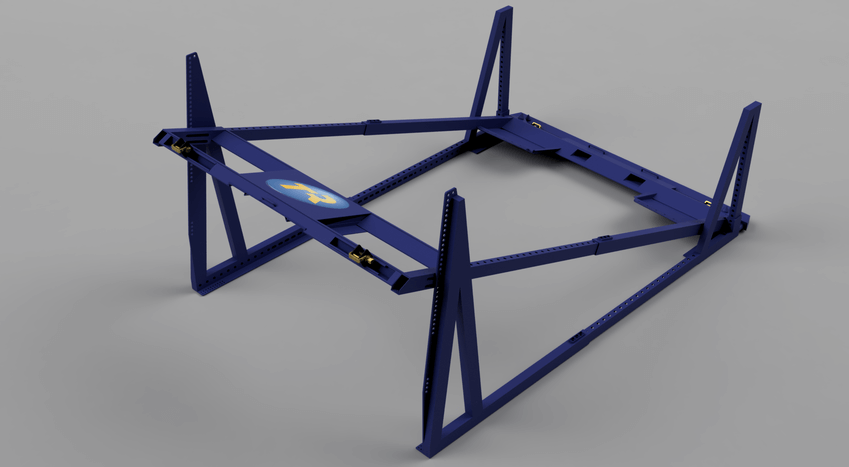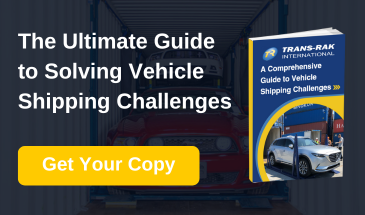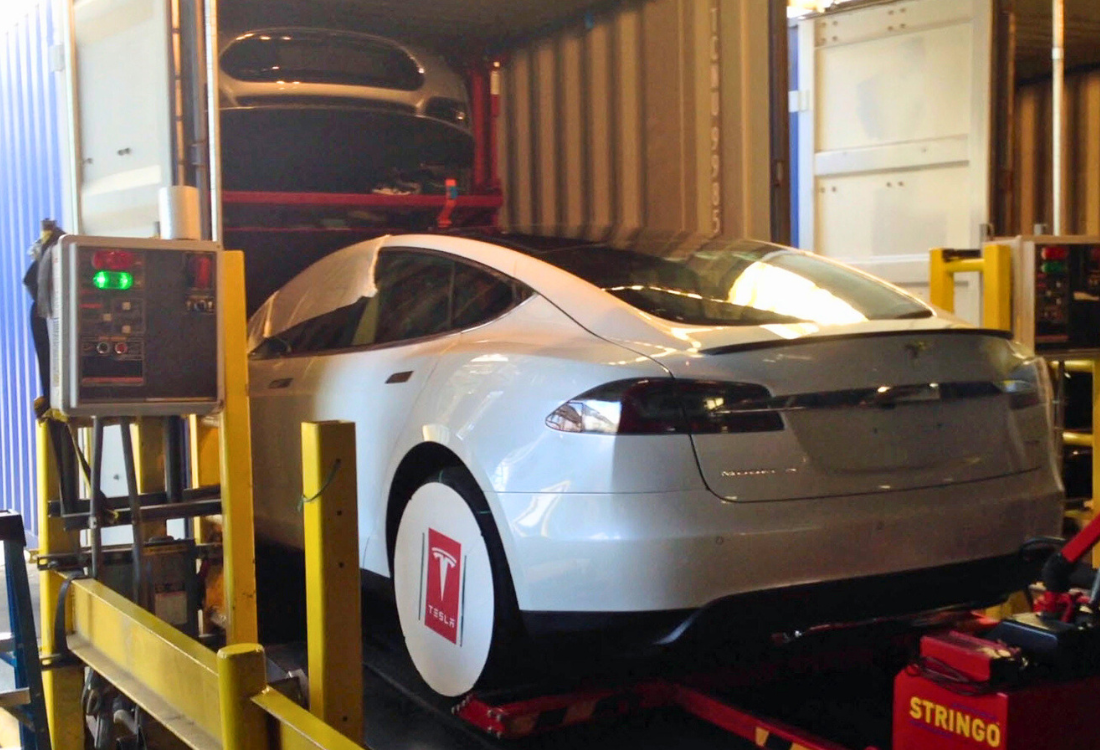
Sustainability is at the forefront of everyone’s minds, especially in key industries such as vehicle logistics. Consumers and providers want to know that every effort is being made to make environmental considerations, but what’s the truth about sustainability? Porsche recently asked the team at Trans-Rak to find out – here are the results!
But first… How Did We Find The Results?
The Trans-Rak team drew the results from two sources. Firstly, we gathered CO2 and electrical usage figures from our factory in China, which we compared to research into the sustainability of wooden pallets by Deviatkin and Horttanainen of the Lappeenranta-Lahti University of Technology (Finland). For the purposes of the analysis, we used the popular EL-RAK as a case study.
Electrical Usage
EL-RAK production requires 250kWh of electricity. To put that into a broader context, running just one office coffee maker for a month uses around 378kWh, so the figure represents high levels of efficiency. Trans-Rak achieves this by using electricity from renewable sources and ensuring that the factory operates when energy demands are at their lowest. In comparison, Deviatkin and Horttanainen found that producing wood for pallets requires anything between 830 to 1950 watt hours per kilogram, or a staggering 3-7 MJ. If 2 wooden pallets were used, weighing 400kg each, then the total electrical usage would be up to 1560kWh!
Carbon Footprint
The carbon footprint refers to the overall carbon impact that is generated by production. The EL-RAK produces an equivalent of 1.8kg of CO2 per base, and 2.19kg per cassette. As four cassettes and two bases are used to transport four vehicles in each container, this equates to 12.36kg per unit. In contrast, a single wooden euro-pallet leaves an average 5.0kg carbon footprint, equating to as much as 120kg CO2 per container. Therefore, the carbon investment favours the steel racking approach.
Whole Lifecycle
In terms of their lifecycles, wood and high-grade steel are different. For instance, the steel used in the EL-RAK creates a solution with a lifespan of up to ten years, and which can be recycled at the end of use. For racks in constant use, this represents the equivalent of up to 60 journeys. In contrast, wooden pallets have an average service life of one or two uses for heavy items such as vehicles, making them much less environmentally efficient. In addition, pallets are usually burned at the end of their lifecycle, which Deviatkin and Horttanainen explain releases large amounts of CO2. As such, the total carbon footprint for each pallet can soar to as much as 17kg.
Additional Considerations
To provide figures with the highest accuracy, it is important to consider additional factors. For instance, container shipping is one of the primary contributors to global CO2 emissions, and one of the reasons is inefficient use of space. The more empty space inside the container, the more energy is wasted on each journey. Therefore, techniques such as using high-grade steel racking systems that enable up to four vehicles to be transported at once can double the energy efficiency of each container when compared to a wooden pallet system loading two cars on the container floor.
So, Which Is More Sustainable?
Calculating energy efficiency is notoriously complex, and new variables can always be found to pad out the picture. However, whichever set of calculations are used, the combined benefits of steel racking solutions present a powerful argument for choosing high-grade steel over wooden pallets. When compared to a wooden pallet, an EL-RAK has a smaller carbon footprint, demands less energy to produce, and is fully recyclable, offering a much more sustainable option.
What Next?
To learn more about how our high-grade steel racks could be a cost-effective way to enhance your ecological performance, please give one of our technical sales team a call.
Image Source:
















